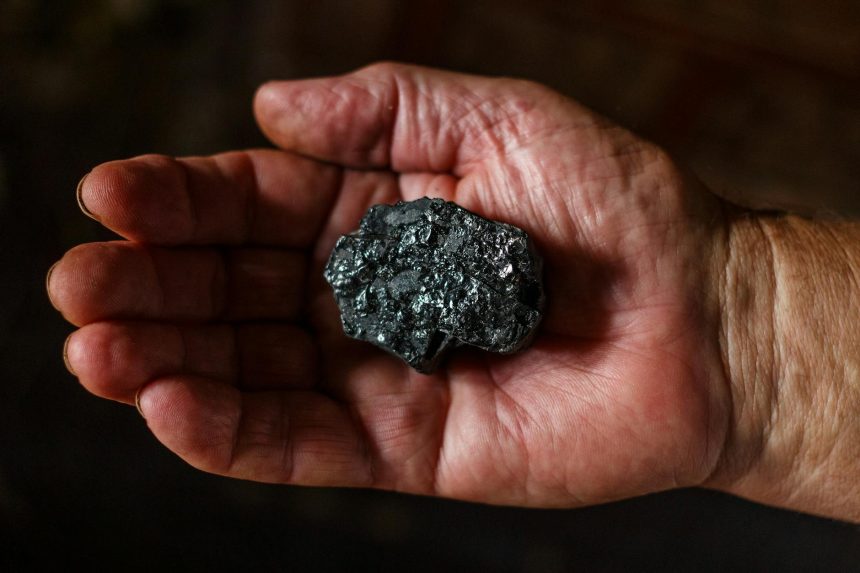Carbon Credit Insurance: Gold Standard’s 2 New Protections Revealed
The global voluntary carbon market is experiencing unprecedented growth, yet this expansion comes with inherent risks. Project failures, non-delivery of credits, or even reversals of carbon reductions can undermine trust and deter investment. Recognizing these critical challenges, a leading certifier has stepped forward with innovative solutions. This article explores how new Carbon Credit Insurance products are set to revolutionize market stability and boost confidence for both project developers and buyers in the vital climate finance sector.
What is Carbon Credit Insurance and Why Does it Matter?
As the demand for high-quality carbon offsets intensifies, so does the scrutiny on their integrity and reliability. Buyers seek assurance that their investments truly lead to verifiable climate action, while project developers need protection against unforeseen circumstances. This is where specialized insurance products become indispensable, mitigating financial and reputational risks across the carbon value chain.
The Evolving Landscape of Carbon Markets
Carbon markets are complex ecosystems, influenced by environmental factors, policy changes, and project execution realities. From forestry projects facing wildfires to renewable energy initiatives encountering operational setbacks, the path to generating verified carbon credits is fraught with potential pitfalls. Traditional insurance often doesn’t adequately cover these unique, climate-specific risks.
Addressing Key Risks in Carbon Offsetting
The primary function of these new insurance offerings is to safeguard against events that could compromise the delivery or validity of carbon credits. This includes risks like project underperformance, natural disasters impacting carbon sequestration, or changes in regulatory frameworks that might affect a project’s long-term viability. Such protections are crucial for de-risking investments in climate solutions.
Gold Standard’s Role in Enhancing Market Integrity
Gold Standard is a globally recognized certification body renowned for setting the highest benchmarks in climate and development projects. Their rigorous standards ensure that carbon credits represent genuine, measurable, and additional emission reductions, while also contributing to sustainable development goals. Their endorsement of new financial instruments signals a significant step forward for market robustness.
Setting the Benchmark for Quality Carbon Credits
For years, Gold Standard has been synonymous with premium carbon credits. Their robust methodologies and transparent verification processes have built a foundation of trust among buyers and investors. By approving these innovative insurance products, they are extending their commitment to market integrity beyond certification, into risk management.
The Approval Process for Innovative Solutions
The approval of new financial products by an organization like Gold Standard is not taken lightly. It involves a thorough evaluation to ensure they align with the scheme’s principles of environmental integrity and stakeholder benefit. This rigorous vetting process ensures that the approved insurance solutions genuinely enhance the market’s reliability without compromising its core objectives.
For more insights into Gold Standard’s comprehensive standards, visit their official website: Gold Standard.
Deep Dive into the New Insurance Products
These recently approved Carbon Credit Insurance products are designed to address specific vulnerabilities within carbon offsetting projects. They represent a proactive approach to managing the inherent uncertainties of long-term environmental initiatives, providing a safety net that was previously lacking.
How They Protect Against Specific Risks
The new products offer coverage for various scenarios, such as:
- Non-Delivery Risk: Protecting buyers in case a project fails to generate the promised volume of carbon credits.
- Reversal Risk: Covering instances where sequestered carbon is released back into the atmosphere (e.g., due to forest fires or deforestation after project completion).
- Validation/Verification Risk: Offering a safeguard if credits are later deemed invalid due to unforeseen issues with methodology or data.
Benefits for Project Developers and Buyers
The introduction of these insurance mechanisms brings substantial advantages to all participants in the voluntary carbon market:
- Increased Investor Confidence: Buyers are more likely to commit to long-term carbon purchase agreements knowing their investment is protected.
- Enhanced Project Stability: Developers can secure financing more easily and manage project risks with greater assurance, fostering long-term sustainability.
- Market Liquidity: Reducing risk barriers encourages more participation, leading to a more liquid and efficient market.
- Environmental Integrity: By supporting robust projects, insurance indirectly helps ensure that climate goals are genuinely met.
Impact on the Voluntary Carbon Market
The approval of these insurance products marks a pivotal moment for the voluntary carbon market. It signifies a maturation of the ecosystem, moving towards greater financial sophistication and risk management. This evolution is crucial for unlocking the full potential of carbon offsetting as a tool for climate action.
Boosting Investor Confidence and Project Scalability
With enhanced protection, investors can deploy capital into carbon projects with greater certainty. This confidence is essential for scaling up climate solutions, particularly in developing regions where project risks can be higher. It also encourages innovation in project design and implementation.
Paving the Way for Future Innovations
These initial insurance offerings are likely just the beginning. Their success could inspire further financial innovations, such as specialized derivatives or structured finance products, tailored to the unique characteristics of carbon assets. This continuous evolution is vital for meeting global climate targets.
For a broader understanding of global efforts in carbon offsetting and reduction schemes, consider exploring resources from the United Nations Framework Convention on Climate Change (UNFCCC): UNFCCC.
Navigating the Future of Carbon Finance with Robust Protections
The integration of robust insurance solutions into the carbon market framework is a clear indicator of its growing sophistication and commitment to integrity. It underscores a collective effort to build a resilient and trustworthy system capable of driving significant climate impact. As the market continues to expand, such protections will become standard practice, further solidifying carbon credits as a credible tool in the fight against climate change.
Stay informed about the latest developments in carbon finance and sustainable solutions.









